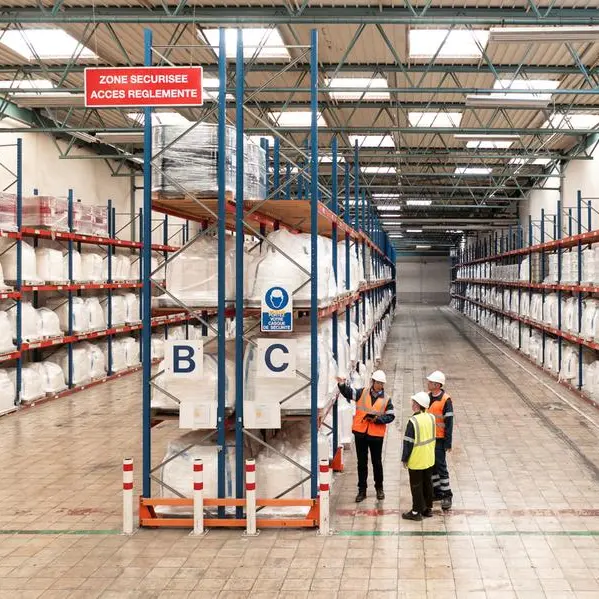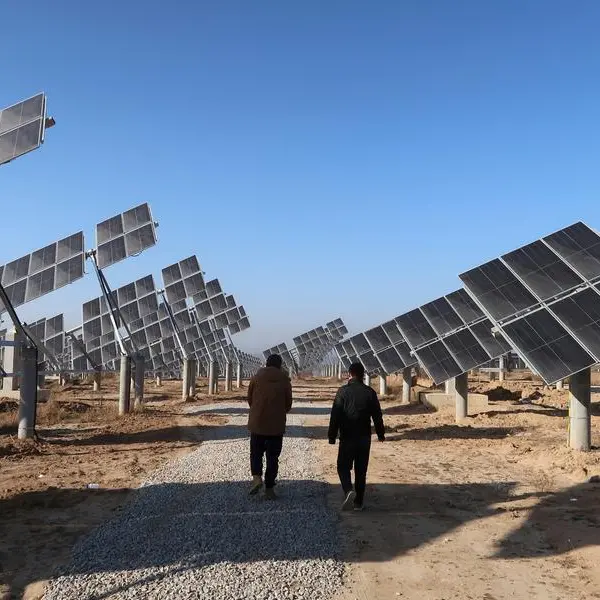PHOTO
Private lenders, in pole position as high interest rates leave them as the sole option for many in the commercial real estate market (CRE), are turning more selective and worsening a liquidity gridlock in a sector facing trillions of dollars of maturing debt.
In recent months, banks looked to rework terms on maturing CRE debt to stave off loan defaults, but they required additional infusion of equity capital allowing private lenders an opportunity to provide rescue financing through mezzanine debt, preferred equity or fresh common equity, industry sources said.
Initially those workouts were focused on the office sector, but now are spreading to multi-family, industrial and hotels. And those workouts are becoming mathematically untenable even for private lenders. This is happening as rental income, across sectors, is not keeping up with the increase in debt servicing costs, said several industry players.
"Debt is available, but not in the same amount as before and it is also meaningfully more expensive. That leaves a few choices, and none of them are ideal," said Mike Comparato, president of Franklin BSP Realty Trust.
Borrowing costs for the CRE market have risen more than income, a situation prompted by the steepest jump in interest rates in decades. Exacerbating factors include tighter lending standards after the March regional bank failures and falling office occupancies post-COVID.
“It is a fantastic time to be a private lender," said Jeff Holzmann, COO at Texas-based RREAF Holdings, a real estate investor. "But that doesn't mean that every opportunity that comes to you is a good one."
There are assets that may never recover even with lower interest rates because they are in cities where the market is deteriorating because of crime and declining demographics. Some would also need large investments for a turn-around which ate into returns, he said.
NO REAL OPTION
Rising caution among private lenders will worsen the paucity of liquidity for property owners who have no real exit option.
Two-year interest rate caps that protected against rising rates mature in coming years, and new caps that used to cost thousands now cost in the tens of millions of dollars, said several industry players.
As property valuations dropped on weaker fundamentals, borrowers also qualified for a smaller senior refinancing loan at rates that were at least 500 basis points higher.
Razmig Boladian, co-managing partner at Rubicon Point Partners said even if lenders push office property owners to get a loan at any interest rate for a refinancing, they cannot do it because borrowers are unable to pay back their loans and lenders do not have the balance sheet availability to lend.
"The market is strained for liquidity; it's an absolute gridlock. Even with a massive drop in valuations in vacant buildings, there is no guarantee you will generate returns to justify the investment," he added.
Selling out of an asset is also becoming harder. Either there are no buyers or a limited pool who demand such a low valuation that existing owners could end up with no proceeds after paying off loans, said Claudia Faust, co-founder and managing partner at Hawkeye Partners, a real estate investor.
Though estimates vary, nearly $2 trillion of CRE debt is expected to mature in just the next two years, which will increase demand for private liquidity.
"There is a paucity of lenders in the market. Last year we would regularly compete with 5 to 10 lenders when issuing a new quote but this year, oftentimes, we are the only lender submitting a quote," said Alex Horn, managing partner at BridgeInvest, a private CRE mortgage lender.
They are on track to receive applications for $40 billion of loans in 2023 compared to just over $20 billion in 2022, but only 2% might finally get a loan as some were over-leveraged and likely to struggle with debt servicing payments, said Horn.
Jay Hiemenz, president and chief operating officer at Alliance Residential, said depending on the property sector, it could take 3 years or more to even get to a recovery cycle.
Some private lenders faced the risk of ending up paring their portfolios that were expensive to manage, he added.
The current delinquency rate for loans in commercial mortgage-backed securities is 4.76% but it is expected to approach 10.51% in coming years - the peak touched during the global financial crisis, according to Moody's Analytics.
But the firm's head of commercial real estate economics Thomas LaSalvia said probability of a contagion effect was low.
"There will be a clearing out of a good deal of over-supply of assets that no longer work in the current economy but there is not enough evidence for this to cause a systemic crisis," he added.
(Reporting by Shankar Ramakrishnan; Editing by Anna Driver)























